Comfrey is Effective and Safe
The following detailed information is for clearing up the
misinformation surrounding the plant Comfrey. You will learn about animal studies and their human dosage equivalent using comfrey – if taken by humans. Learn about it’s wonderful benefits and safe usage documented by scientific research.
Also check out my published article on how an organic or inorganic substance would cause liver disease OR NOT and how to prevent it –involving plant properties “Best Natural Remedies to Prevent Liver Damage” http://michelle-honda-blog.renewyou.ca/best-natural-remedies-prevent-liver-damage/
COMFREY
Table of Contents
Description
Comfrey
Nutrition: vitamin, minerals, actions, properties
Comfrey Medicinal Use
H.E. Kirschner, M.D., in his book, ‘Natures Healing Grasses’
Andrew Hughes book, ‘Comfrey, nature’s healing herb and health food’
Research Studies: Dr. Clare Anderson
Comfrey Trials
Animal studies
Human evaluation from animal dosage to human
Dr. Culvenor’s research group at Parkville
Dr. MacAllister at Liverpool University Hospital – good for cancer!
COMFREY – Herb
Other names: Knitbone, Woundwort, Heal herb, Gum Plant, All Heal
Botanical name: Symphytum officinale F. Boraginaceae
Description
Comfrey originates from Europe and Asia; being a perennial bearing a pronounced root system that bores deeply into the soil in search of moisture and nutrients. Its leaves are dark green (oblonglanceolate) but appear lighter due to the plant being covered in short hairs that are quite noticeable when touched. The leaf shape is long and rounded and grooved with petiole stems. Comfrey’s flower grows as coiled, terminal racemes and ranges in shades of blue, pink and mauve.
Comfrey
For introducing Comfrey into your garden, it is rarely grown from seed. Comfrey is usually propagated by division of roots (similar to Iris). Each root segment has the potential to harvest a plant. Because this plant possesses large leaves do not plant close to other smaller plants or shrubs. The good news is Comfrey is very long lived lasting for many years if cared for properly.
It likes the sun and is okay with partial shade. If your soil is heavy like clay, add compost and peat to loosen the soil. Always water regularly, especially in the hot, dry periods of summer.
Comfrey likes an alkaline state opposed to an acid soil content. For example if your property has several pine or fur tress nearby, your soil would be more acid. However it has also shown to grow in an acid environment. It also prefers enriched soil from natural fertilizers rather than chemical fertilizers.
Plant Properties: Allatoin, pyrrolizidine alkaloids, symptocynoglossine alkaloids, tannins, saponins, inulin, resins, phenolic acids (caffeic, rosmarinic) choline, asparagines, mucilage properties, and protein.
Vitamins: High amounts of vitamin A (28,000 IU per 100g), C, E, B1, B2, B3, B5, B6 and B12.
Minerals: boron, calcium, chromium, cobalt, copper, iron, lead, magnesium, manganese, molybdenum, phosphorus, potassium, sodium, sulphur, and zinc.
Biochemical Actions: astringent, antiseptic, vulnerary, expectorant, emollient, demulcent, pectoral, general tonic, styptic, homeostatic, antioxidant and nourishing.
Comfrey Medicinal Use
Comfrey like many other plants has been used since ancient times but is more known for the last plus 200 years. It became well known as a bone knitter and even its Latin name ‘confera’ describes (knitting together).
I first learned of comfrey during my academic years and have employed it a great deal for internal healing of mucosal and intestinal tissue. In my book “Reverse Gut Diseases Naturally” it is part of my go-to formulas for healing up lesions and also employed in my formulas for retention enemas for remedying the lower colon regions involving such conditions as ‘Colitis’ and Pancolitis.
Allantoin is comfrey’s claim to fame. This unique property can also be found in the gland of the umbilical cord (allantois), the cord that feeds the embryo and mother’s milk is rich in allantoin. This nutrient promotes rapid cell growth. Allantoin acts upon the body by increasing white blood cells strengthening the baby’s immunity.
To use as a healing remedy, apply the root or leaves as an ointment, poultice or tea. Comfrey’s application is extensive, to name but a few conditions include the following:
Gastrointestinal problems including diarrhea
Stomach, indigestion and gastric ulcers
Asthma (especially when chewing on one leaf per day and then decrease as needed) or drunk as tea
Lesions, sores, wounds, ulcers, bruises, boils and shingles
Neuralgia, rheumatism, arthritis, muscular pain, injury and sciatica
Dermatitis, skin problems, skin cancer, gangrene, insect bites and varicose veins
Broken bones and blood builder
Menses: excessive flow
Mouth disease: bleeding gums and gum diseases
Respiratory illnesses, sinusitis, cough and fever
Anemia, hemorrhaging and blood purifier
Inflammation
Mucus and catarrh conditions
Auto-immune problems and cancer
H.E. Kirschner, M.D.
“A leaf a day keeps illness away” from “Natures Healing Grasses” by H.E. Kirschner, M.D.
Natures Healing Grasses is a wonderful book for extolling the many life changing healing events that the herb Comfrey provides. He writes of many people from New Zealand and of one who started casually eating a comfrey leaf one day while in a friend’s garden. This man had suffered with asthma for 30 years and yet that night during sleep – he wasn’t interrupted by waking up from asthmatic symptoms. He gave this considerable thought and could only think of the comfrey that was different , so he continued to eat a leaf per day. He has not suffered with asthma since.
I like many others have seen the great healing ability of comfrey. This patient of Dr. Kirschner told many others about his cure of asthma and they also have experienced great relief and healing.
This plant should be revered and for some reason certain scientists have chosen to perform animal studies using extremely excessive amounts of the comfrey herb (there are no human trials) then claiming that it could cause liver disease and cancer. I have provided descriptions of such studies and evaluation if these were converted into human studies to show the absurd dosages comparisons.
This problem started back in 1978 following sensational headlines in newspapers. From this incidence, in 1984 comfrey was prohibited for internal usage in Australia where it was placed on the Poisons Schedule: by the Poisons Advisory Bureau, through the National Health and Medical Research Council (NH & MRC). It then only became available by a doctor’s prescription through a pharmacist. Headlines and topics could be seen as herbs that damage the liver which seem to imply many herbs: ‘Popular Herb is a Killer.’ – ‘Scientist Warns Herb is a Killer’ – ‘Health Drink Causes Cancer, declares a CSIRO expert’ – ‘Comfrey is a Killer’ – ‘Be Careful With Herbs They Can Kill You’ and so forth.
Andrew Hughes
Recommended reading: Andrew Hughes book is excellent to showcase Comfrey in the light it should be held in, ‘Comfrey, nature’s healing herb and health food’, ( 1991), states, “The safety of comfrey has been proved by thousands of people, who, like myself, have taken comfrey regularly, on a daily basis. There is no known case of the ingestion of comfrey leaves causing hepatic illness, in either man or beast.”
Research studies by Dr. Clare Anderson
Comfrey and Liver Disease: Study reports were performed by Dr. Clare Anderson, from (Laboratory of Pharmakinetics and Toxicology), School of Medicine, University College, London, where they tested 40 participants who had been consuming comfrey for long term evaluation. The subjects underwent liver function tests – all participants were found to have perfectly healthy livers.
Comfrey Trials
Studies were conducted in Minnesota US during 1987 to evaluate the amount of pyrrolizidine alkaloids (PA’s) in the herb comfrey when harvested at different times in the year. I have always known that roots contained the highest levels of PA’s but they also have high concentrations of the other medicinal ingredients. From these studies the leaves were determined to have (0.026% pyrrolizidine alkaloids) and during other times of the harvest had ‘NO’ detectable PA’s in the leaf. Also mature leaves have an even lower alkaloid content compared to young leaves.
Animal Studies
These studies especially when examining the ‘Dosage Evaluation into Human Equivalent’ show the discrepancy and misnomers of information provided by scientist who must want their name in print!STUDY 1: ‘Carcinogenic activity of symphytum officinale’ by Hirono, Mori and Hago, Japan. Comfrey leaves and roots were ground and added to the basal diet of 4-6 week old rats. At various time periods, the rats were killed and examined for tumours. The maximum time of administration of the diet was 600 days, which represented a very large proportion of the life of laboratory rats, (as survival studies on lab rats fed on various diets indicate that only 80% of rats would survive 60 days). Note, the control group of rats in this study received the basal diet without comfrey, but unfortunately comparative survival of these rats was not reported, and much of the data of the whole experiment was inadequate and incomplete. After six months some of the rats developed tumours. Of note, out of 28 rats fed 8% of diet as dry weight comfrey, only one showed a liver tumour at 600 days.” http://www.herbsarespecial.com.au/free-herb-information/comfrey.html
STUDY 2: ‘The Structure and toxicity of the alkaloids of Russian comfrey (S. x uplandicum) a medicinal herb and item of human diet’ by Dr. C. Culvenor, et al, Australia, 1980. Although Culvenor and his associates identified eight alkaloids in comfrey, four being new to science; there does seem to be inaccuracy, in quoting results of Pederson (1975 Arch. Pharm. Chem. Sc. Ed. 3.55-64). Quotes indicated that he found a 9% concentration of alkaloids in leaves, when Pederson’s actual figures were 0.9 parts per thousand when estimated by titration, and 1.9 parts per thousand when estimated gravimetrically.” http://www.herbsarespecial.com.au/free-herb-information/comfrey.html
Dosage Evaluation into Human Equivalent
http://www.herbsarespecial.com.au/free-herb-information/comfrey.html
Dr. Culvenor’s
Look up studies performed by Dr. Culvenor for non sensationalized reports such as the following: “Dr. Culvenor’s research group at Parkville has been studying the compounds called pyrrolizidine alkaloids, which occur in such pasture weeds as Ragwort, Paterson’s Curse and Heliotrope, the last two weeds being from the same family as comfrey.”
The following excerpt was taken from Herbs are Special – Comfrey by Isabell Shipards. This takes a look into the reality of incidences concerning plant properties and (people/animals).
“Outbreaks of PA poisoning in humans, in the past, usually were the result of accidental contamination of food crops, with the toxic seeds of other plants. One such instance was an outbreak of veno-occlusive disease in Afghanistan in 1974. This outbreak followed a severe drought and the people were suffering from acute malnutrition (an important factor). About 22% of the people showed evidence of liver disease when examined in 1975. The cause of the outbreak was traced to bread, contaminated by heliotropium seed (which grew extensively in the wheat fields). Samples of the wheat examined, were found to contain an average of 40 seeds (300 mg) per kg of wheat.
Cases of liver damage, due to people drinking bush teas of seneca and crotalaria, have been reported from a number of places. J. A. Pembery, B.Sc., advisor to the Henry Doubleday Research Association, Essex, U.K. says, in the book ‘The Safety of Comfrey’, that there appear to be no cases, in medical history or veterinary records, of humans or animals, showing clinical symptoms, of pyrrolizidine alkaloid poisoning, from the consumption of comfrey. Lawrence D. Hills, in his forward in the book, mentions that the Commonwealth Bureau of Animal Health very kindly carried out a computer search through their records of 137,000 cases of stock poisoning by plants, since 1972, and found only one concerning case: a case of comfrey-nitrate poisoning in pigs from excessive use of fertilizers in Germany.”
Dr. MacAllister: Liverpool University Hospital
Don’t miss an incredible study by Dr. MacAllister at Liverpool University Hospital. The research centers on allantoic acid found in comfrey, leaf and root as it applies as a therapeutic agent. Dr. MacAllister study of comfrey was prompted by a report published in the British medical journal: The ‘Lancet’ showing how comfrey was being used as a successful treatment for cancer. I like many other researchers and advocates of comfrey feel, that it is the balance of constituents/agents that operate in a synergistic manner that enables comfrey to be useful and valuable as a healing agent such as those mentioned earlier (allantoin, alkaloids, chlorophyll, mucin, saponins, inulin and an array of nutrients).
Fortunately the list grows of which this is just a sample of evidence besides the authors mentioned in the piece, who consider the legislation designated to restrict comfrey, to be incomprehensible!
Copyright © 2016 – All Rights Reserved – Michelle Honda Ph.D.
Announcement
Look for my new forthcoming books “Reverse Heart Disease Naturally” (Jan.31, 2017) and “Reverse Inflammation Naturally” (May 31, 2017) and “Reverse Thyroid Diseases Naturally” (Fall 2017)
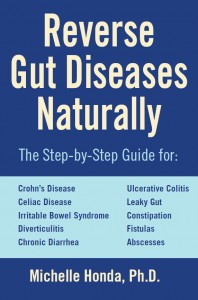 Where to Purchase Reverse Gut Diseases Naturally
Where to Purchase Reverse Gut Diseases Naturally
Hatherleigh Press Page Buy Book RGDN
Local Book Stores USA and Canada
Disclaimer
While close attention was given to the accuracy of information in this article, the author accepts neither responsibility nor liability to any person with respect to injury, damage, loss or any circumstances involving alleged causes directly or indirectly related to the information in this article. The sole purpose is to educate and broaden ones awareness. This information is not meant to replace medical advice or services provided by a health care professional.






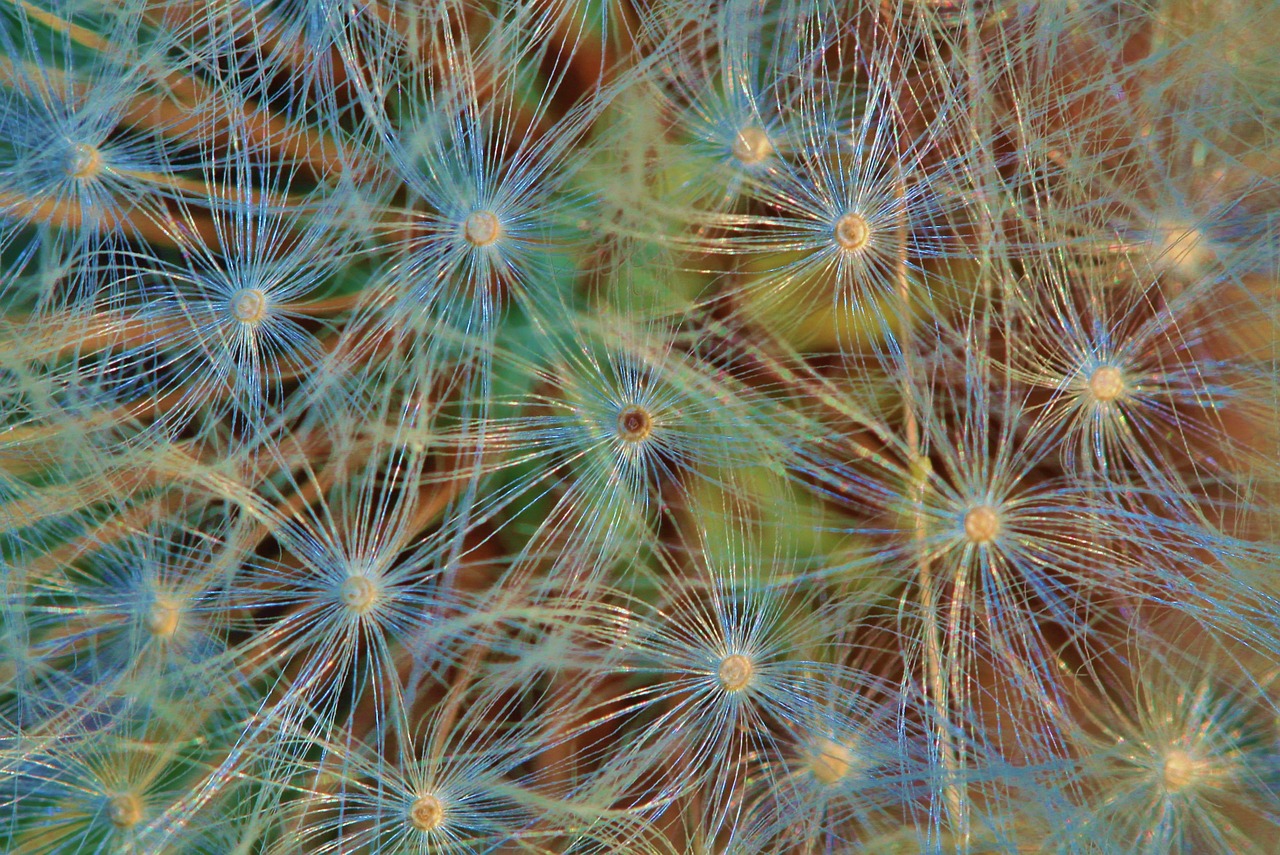

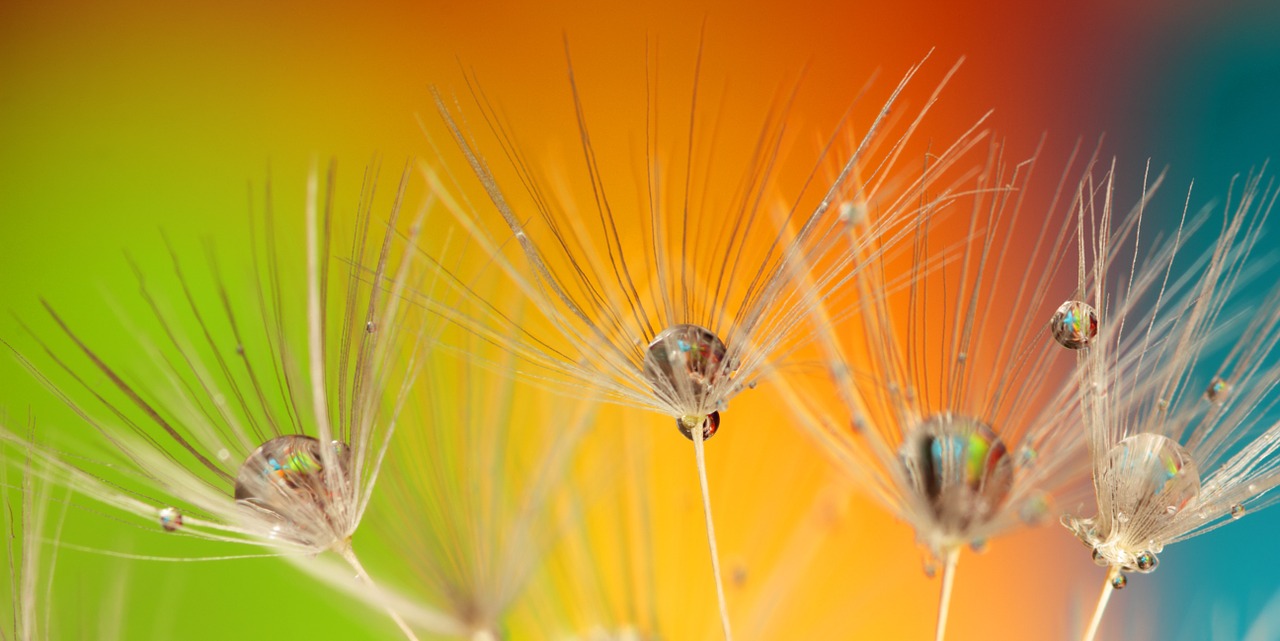
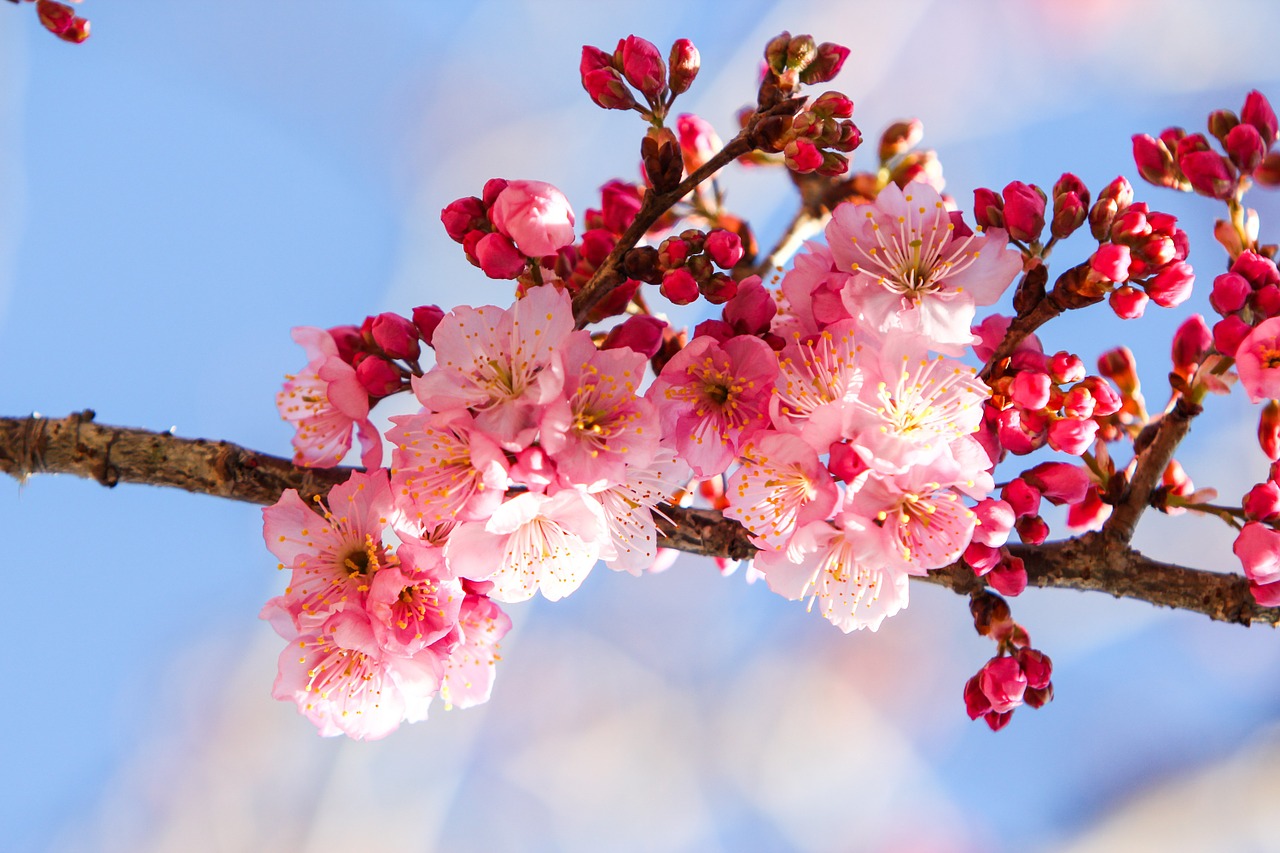
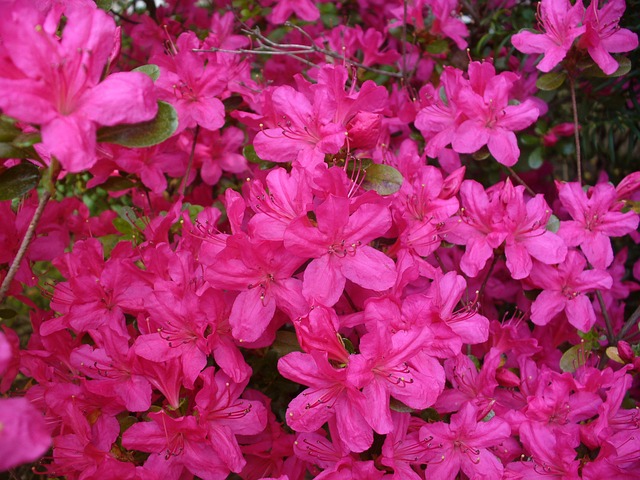
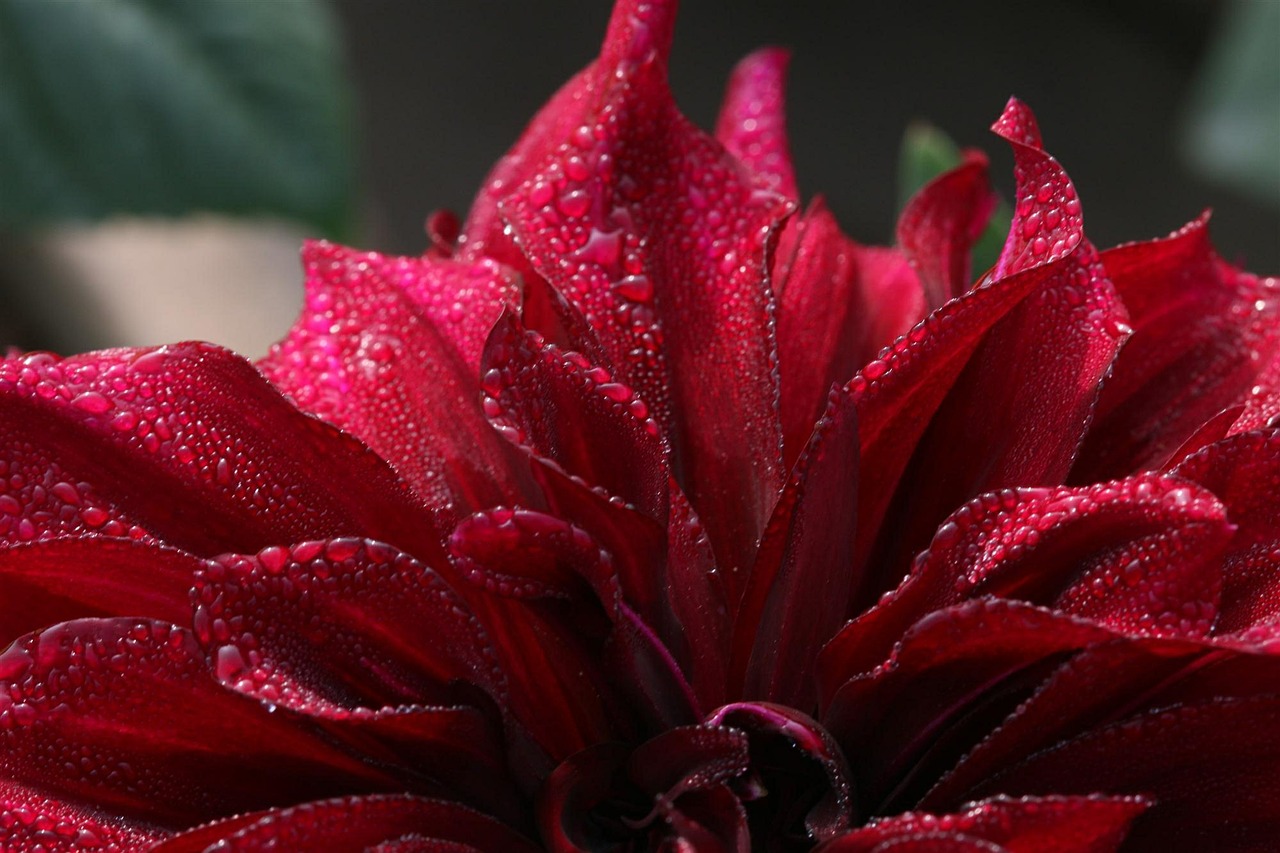
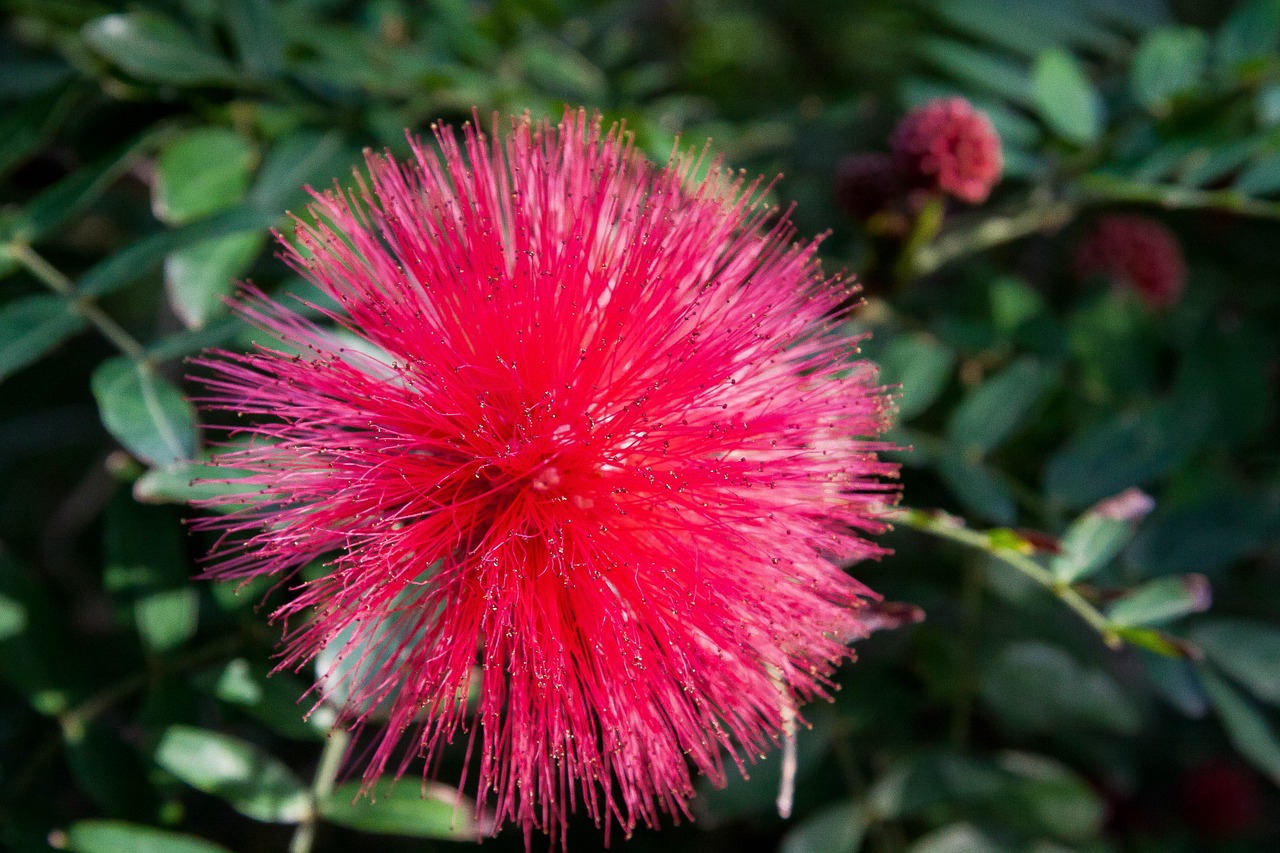
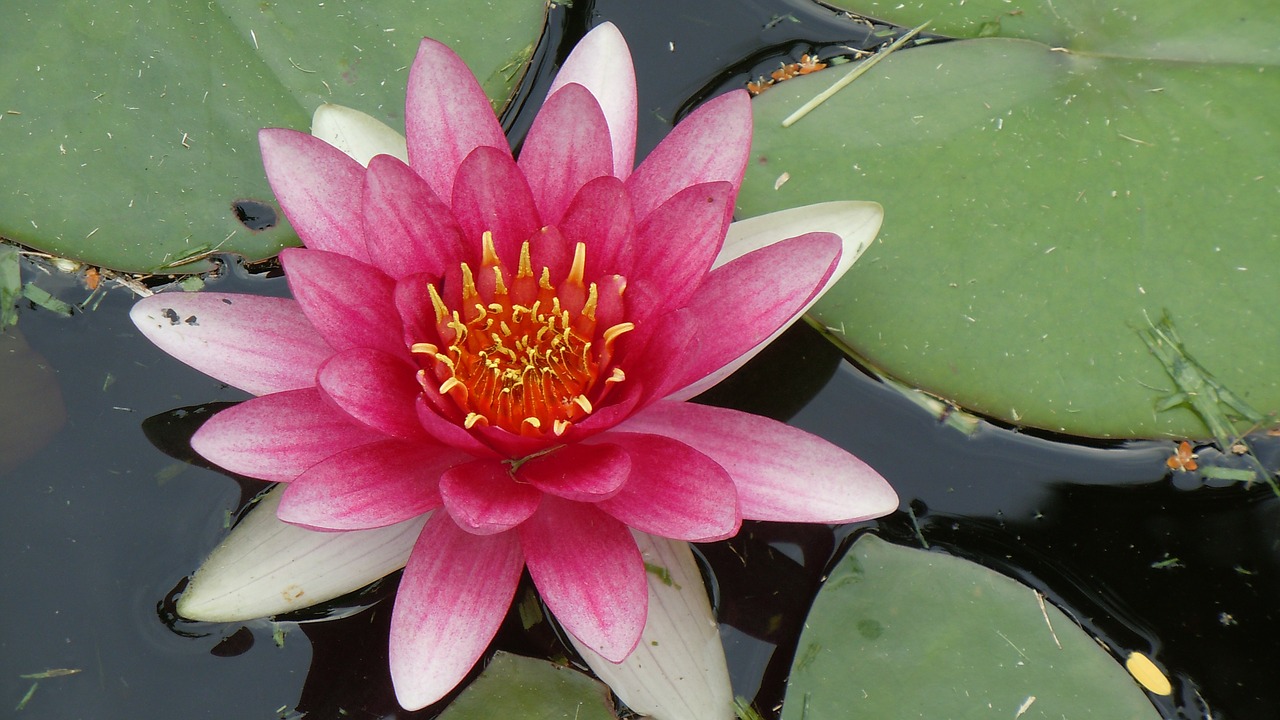

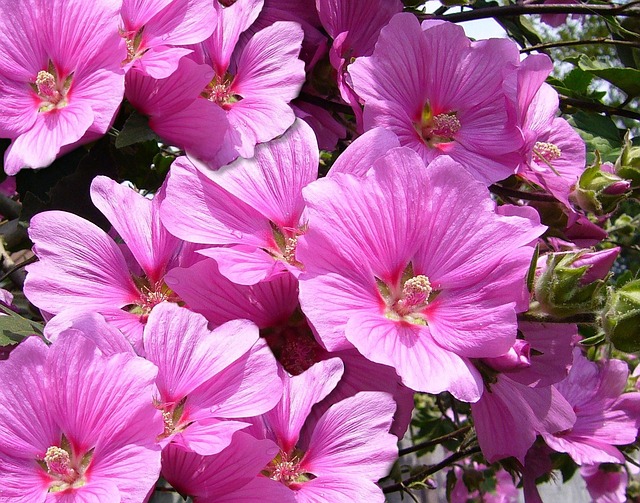
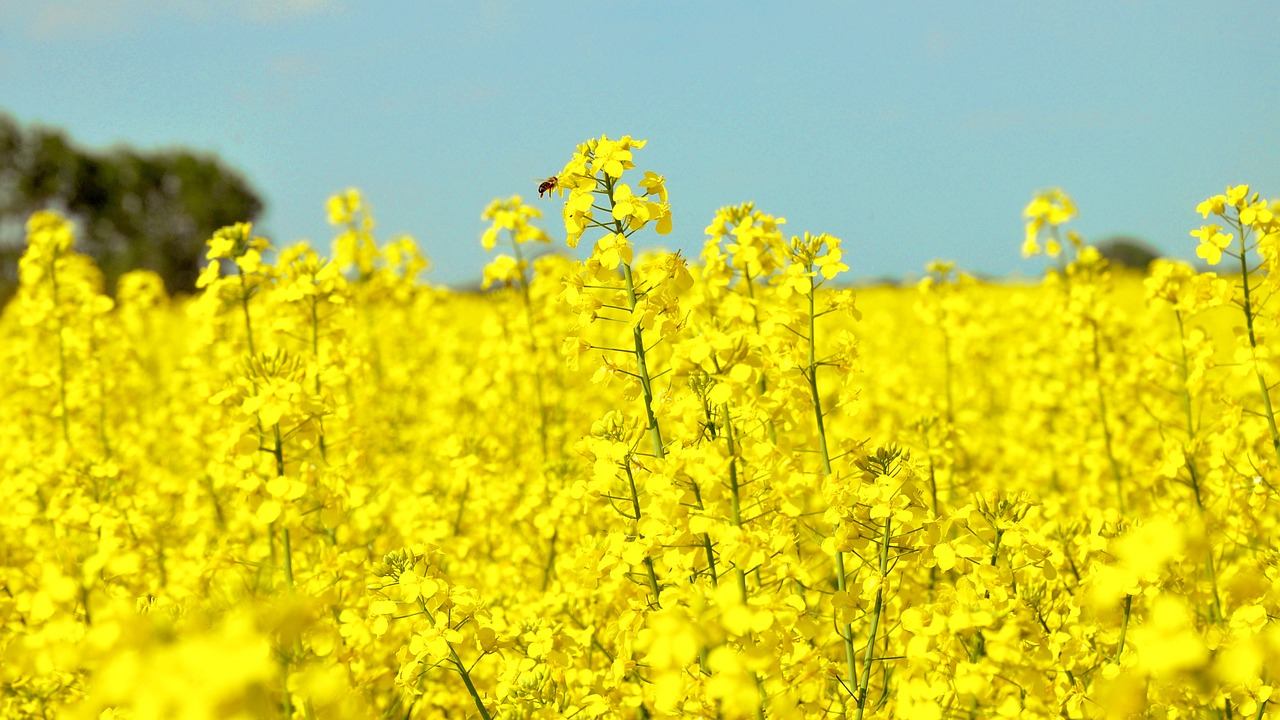
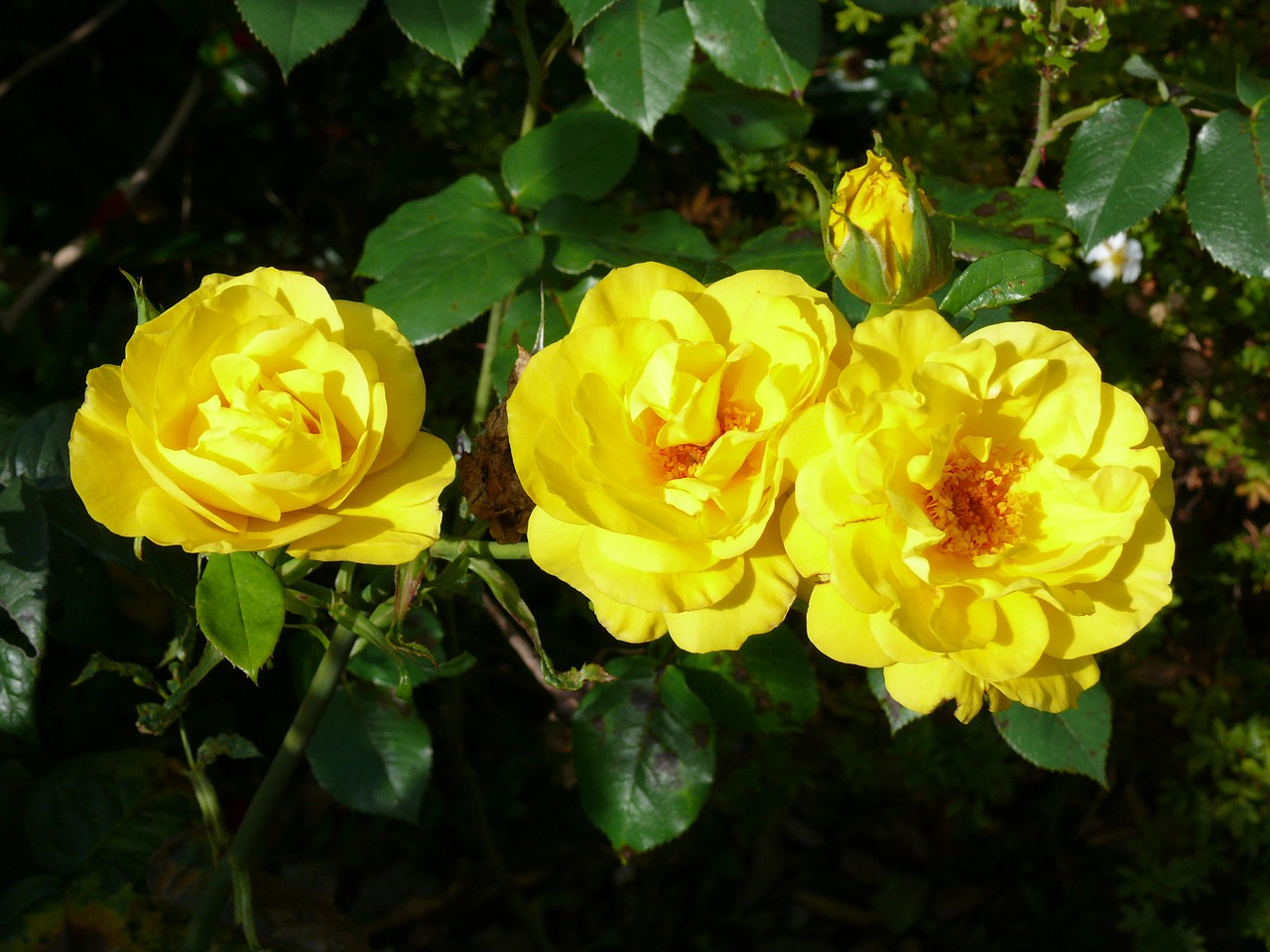

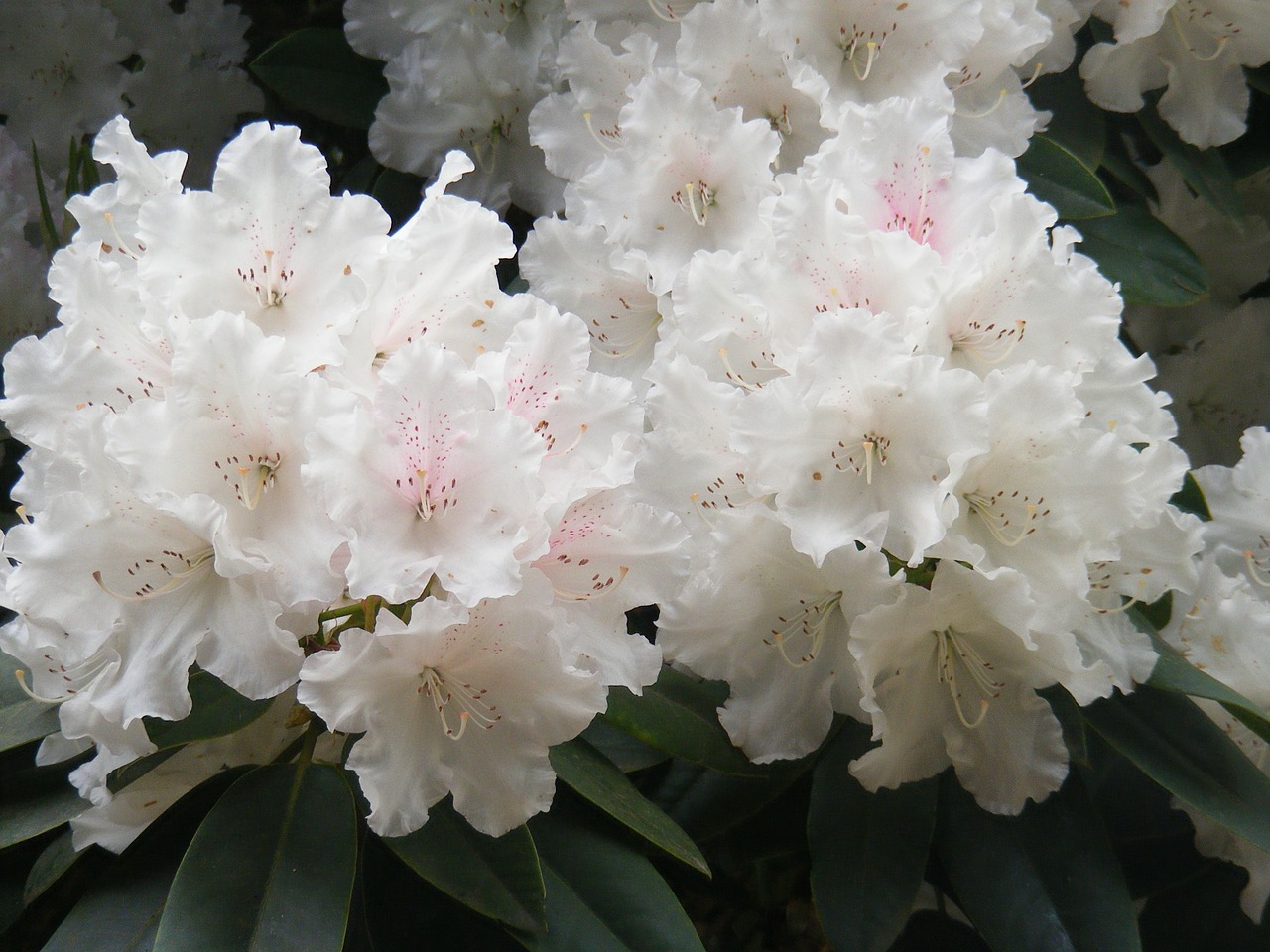
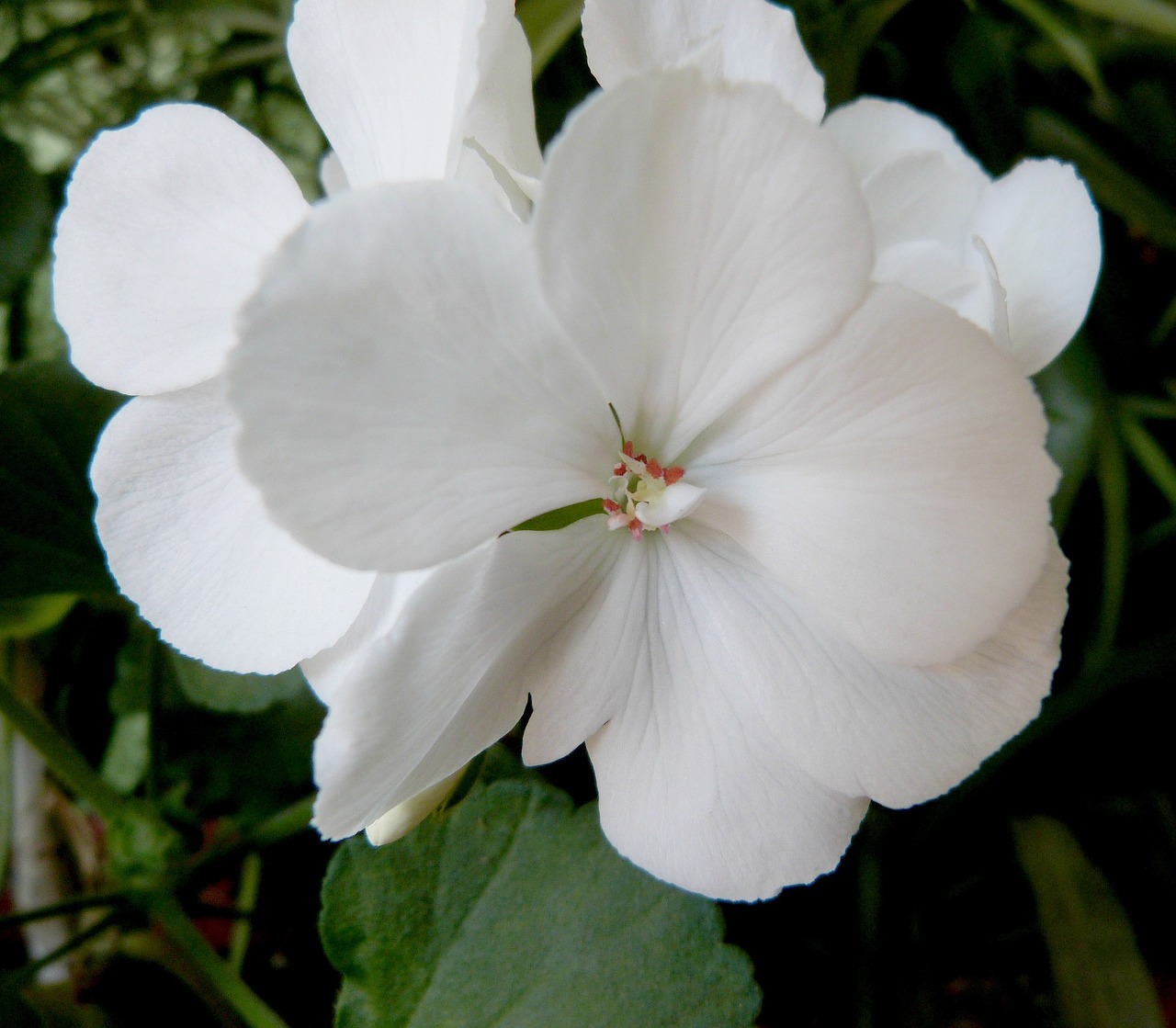
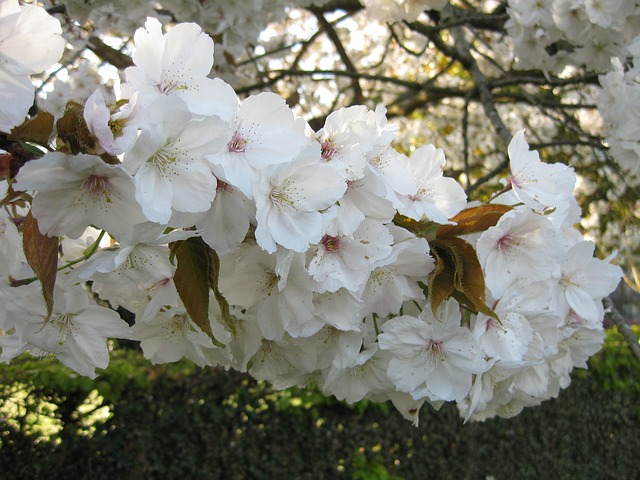
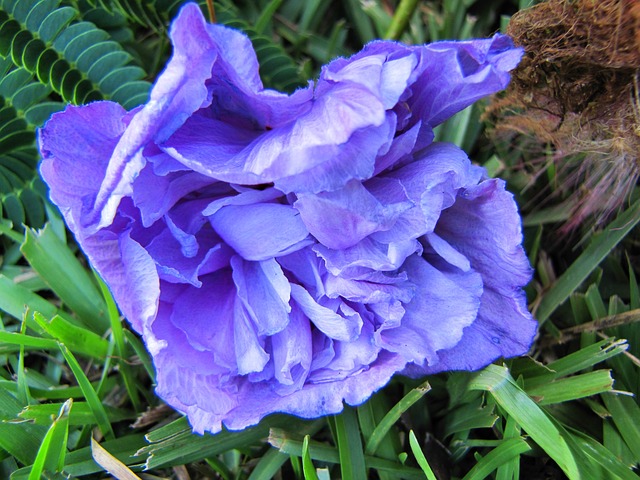
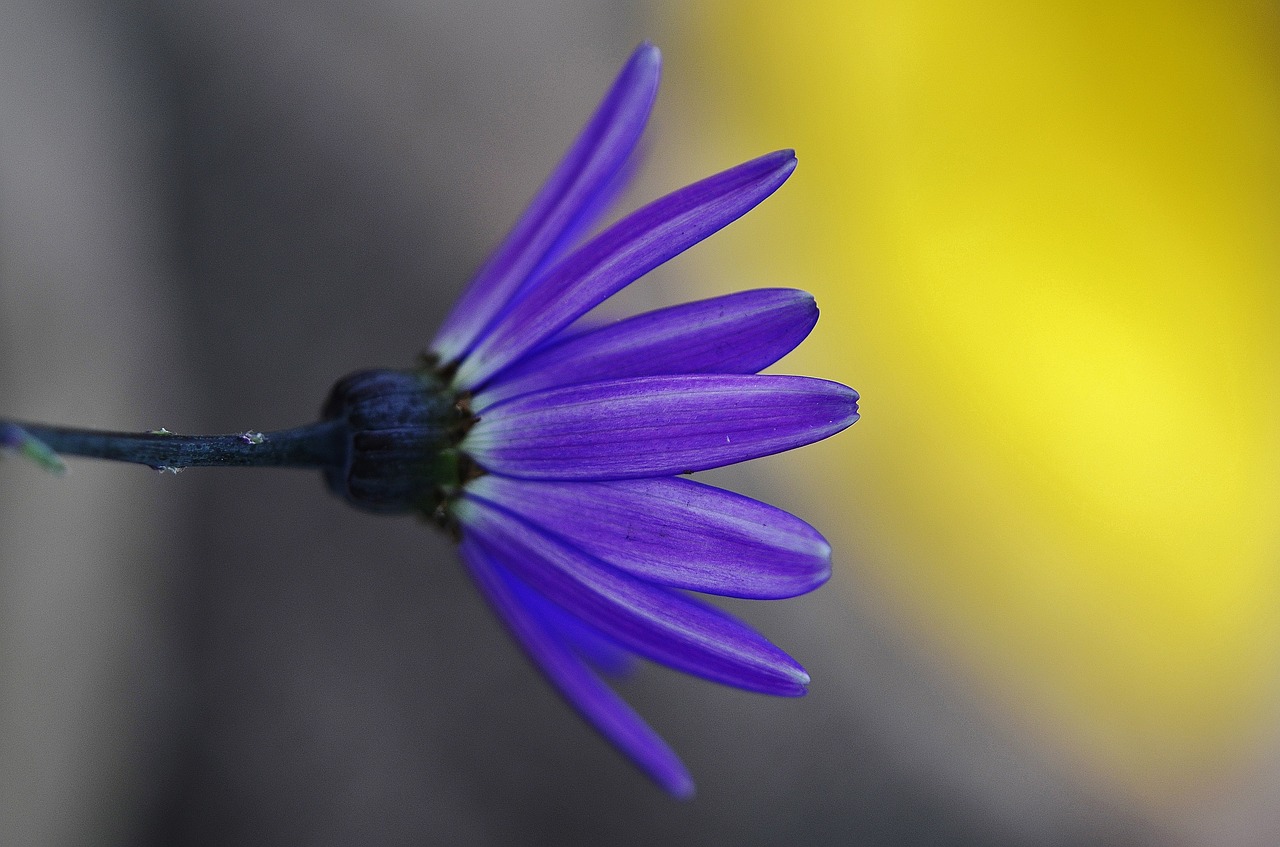
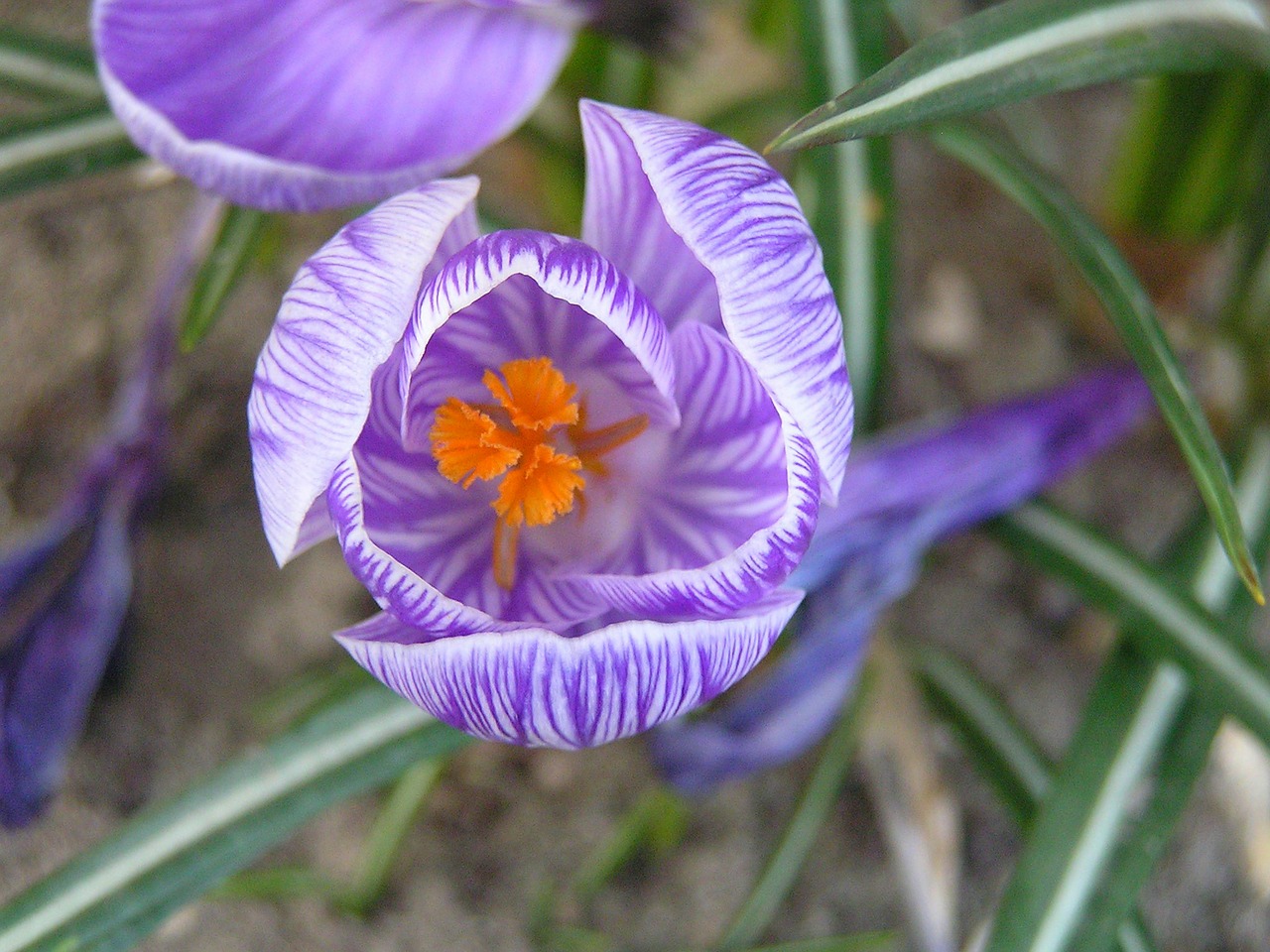
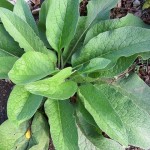
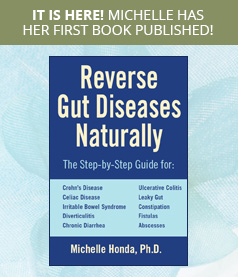

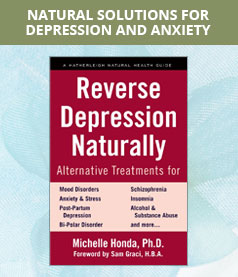
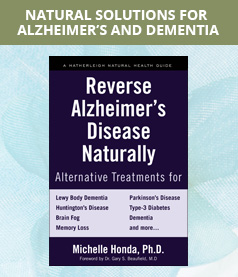
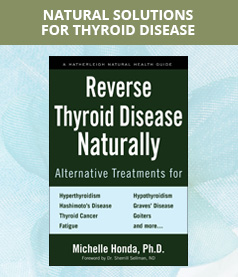

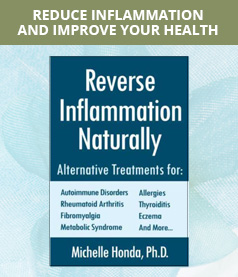
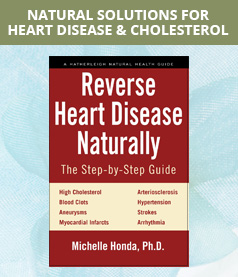
Follow Us!